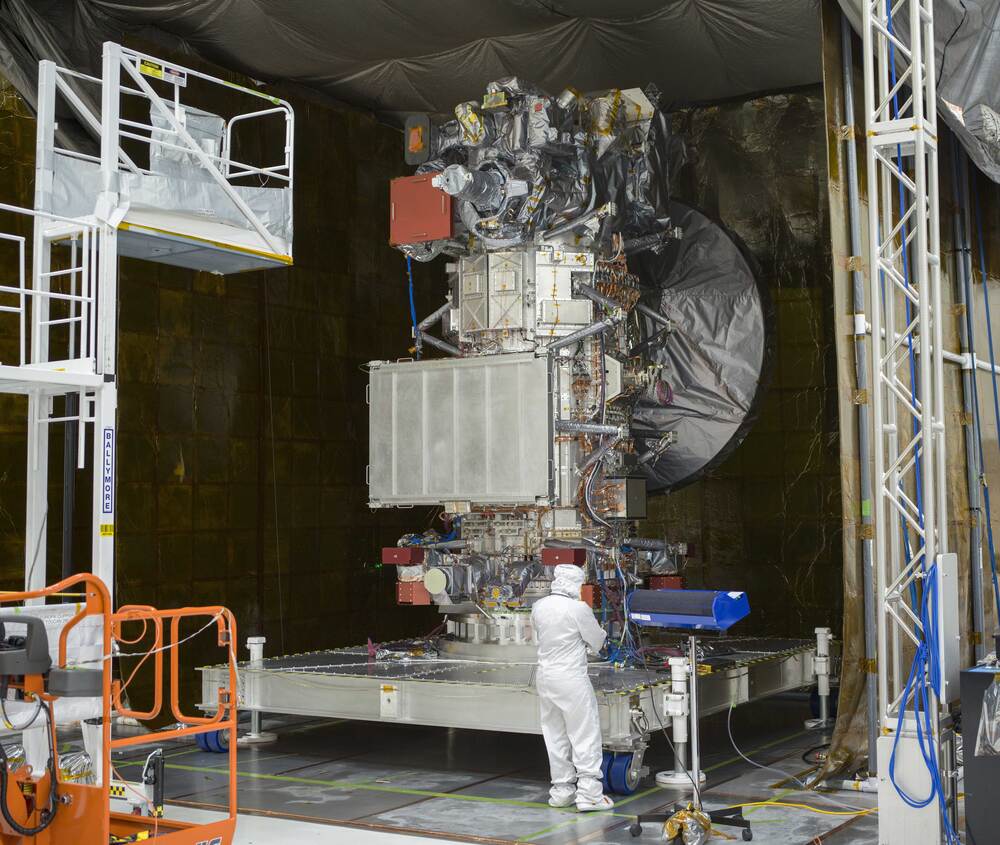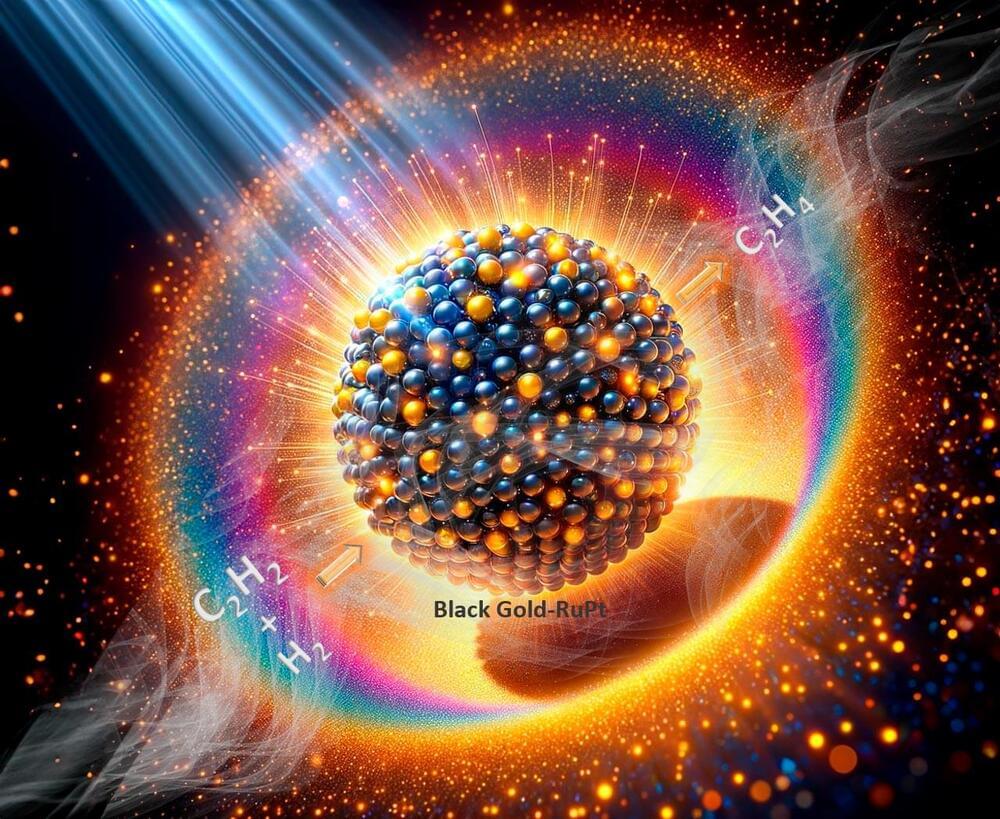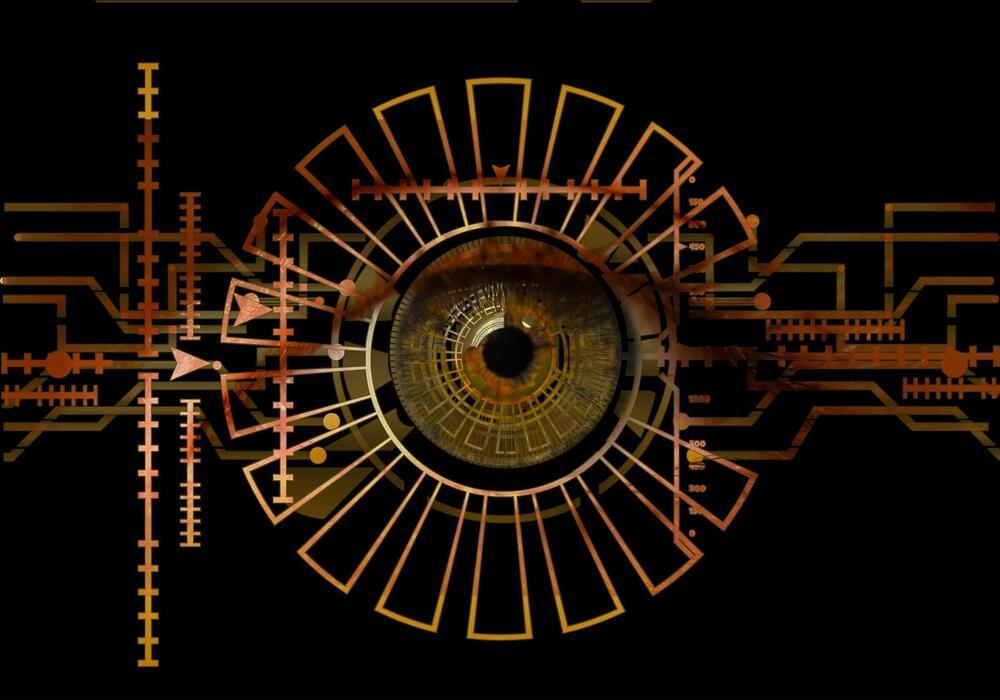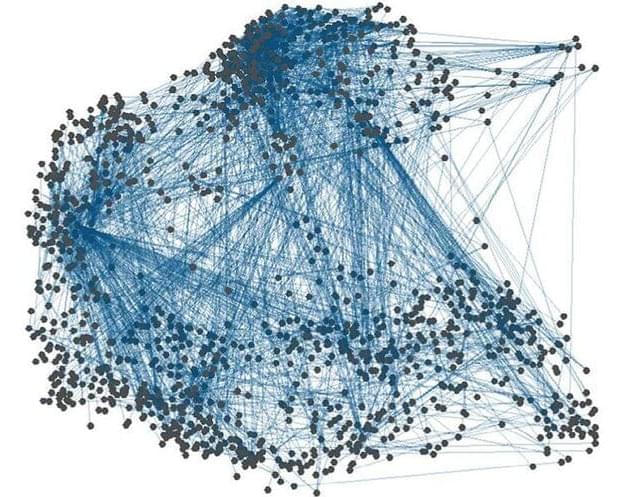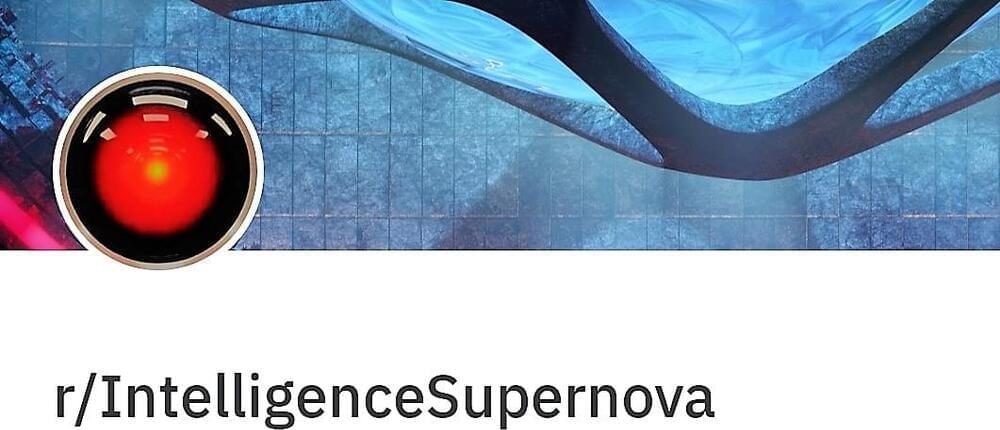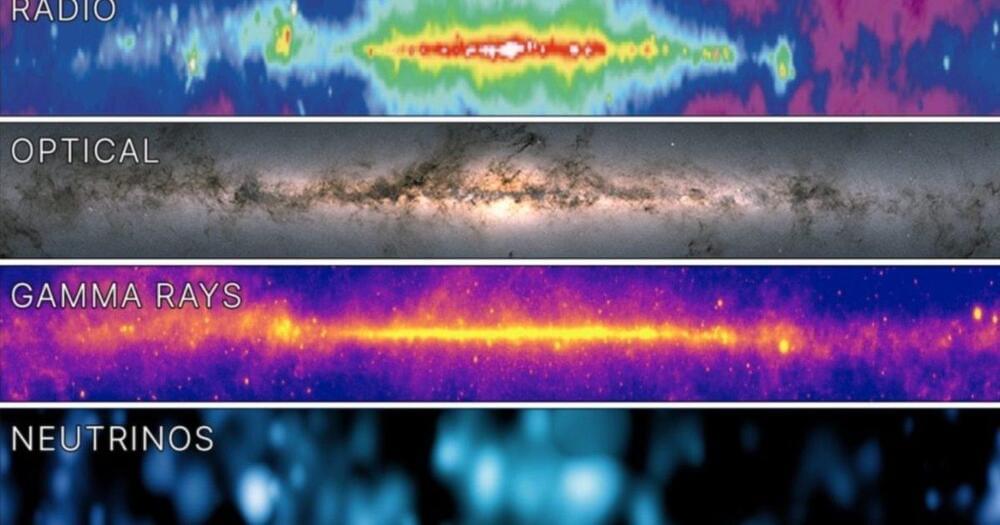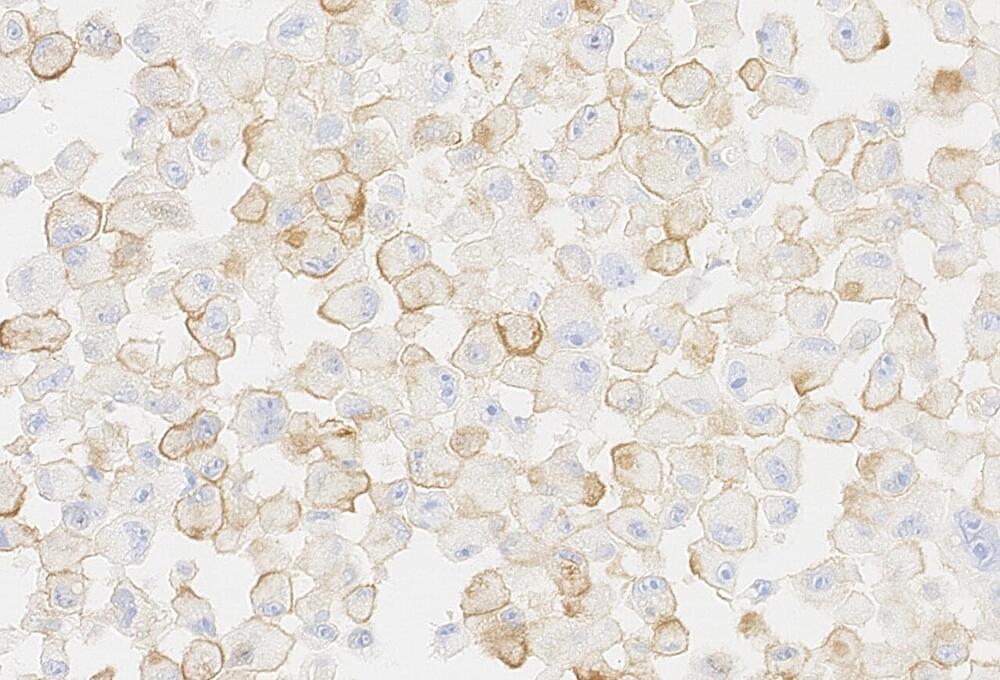A mission more than a decade in the making, NASA’s Europa Clipper is slated to greatly expand our understanding of Jupiter’s icy moon, Europa, including whether it could support life. These findings will be conducted by a suite of powerful instruments contributed by a myriad of academic and research institutions across the United States. Recently, NASA JPL finished installing all these instruments on the pioneering spacecraft, bringing it one major step closer to its launch, which is currently scheduled for October of this year.
“The instruments work together hand in hand to answer our most pressing questions about Europa,” said Dr. Robert Pappalardo, who is the project scientist on Europa Clipper. “We will learn what makes Europa tick, from its core and rocky interior to its ocean and ice shell to its very thin atmosphere and the surrounding space environment.”
The nine instruments that will be responsible for accomplishing the fantastic science during the mission include the Europa Imaging System (EIS), Europa Thermal Emission Imaging System (E-THEMIS), Europa Ultraviolet Spectrograph (Europa-UVS), Mapping Imaging Spectrometer for Europa (MISE), Europa Clipper Magnetometer (ECM), Plasma Instrument for Magnetic Sounding (PIMS), Radar for Europa Assessment and Sounding: Ocean to Near-surface (REASON), MAss Spectrometer for Planetary EXploration/Europa (MASPEX), SUrface Dust Analyzer (SUDA).
